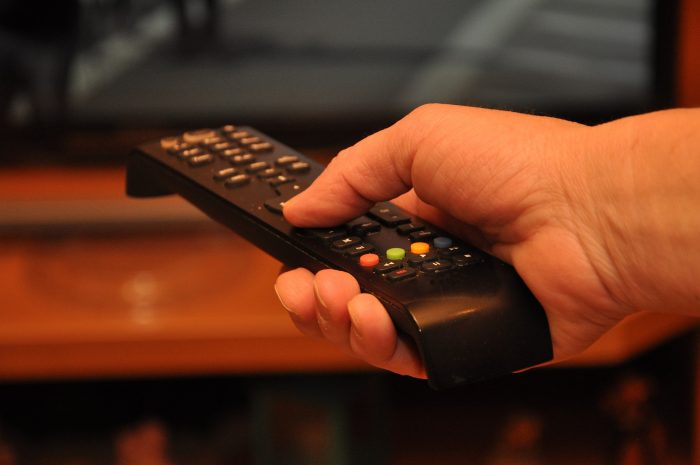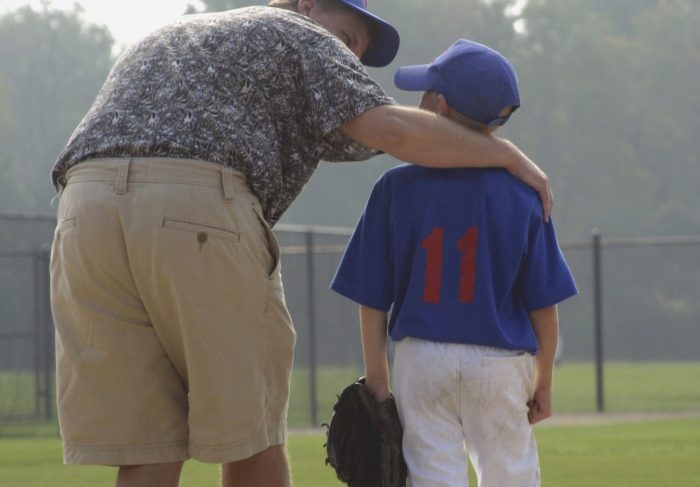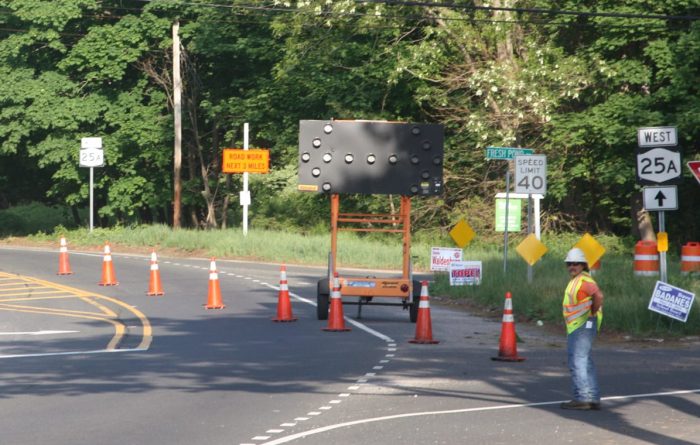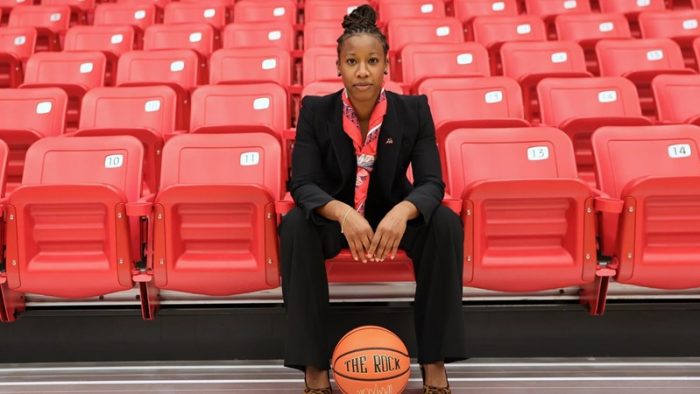By Leah S. Dunaief

An advertiser was chatting with me the other day and mentioned that he was going down to South Carolina for his father’s surprise 80th birthday. “It’s going to be a surprise for him?” I asked, clenching my teeth. “Totally,” he said with a big smile. “My brother and his wife and children are coming from St. Louis, my sister and her family from Denver, nieces and nephews from California. We haven’t been together like that in a long time.”
I was quiet. “What’s wrong?” he asked, noticing the pause. “Oh, it sounds wonderful to be with family and at such a terrific occasion,” I answered. “But …”
“Yes?” he encouraged. “May I tell you a quick story?” I asked. He nodded. I proceeded to share the following.
We were once invited to a surprise birthday party that a good friend was giving for her husband. She left the basement door open for us all to gather while the couple finished dinner upstairs. After some minutes, she quietly slinked down the carpeted stairs, and in a stage whisper told us that her husband had fallen asleep on the sofa, so she was going to call to him to come down. When he did, she suggested, we could then yell “Surprise!” She also had some sparklers that she would set off as he began his descent. There were probably 30 of us in the basement, and we eagerly agreed.
“Honey!” she yelled. Then louder, “Honey!!!”
“Uh, what?” came the groggy response.
“Come downstairs! Now!”
“Coming!” he yelled back, and as we readied ourselves, we could hear his footsteps above rushing to the stairs. The sparklers started to go off. Then there was a thud. Another thud. And to our growing horror, we realized he was falling down the steps. We waited helplessly until he landed in full view on his bottom, his trousers around his ankles. Someone weakly yelled “surprise.”
He slowly looked around his basement at all our faces, as the last of the sparklers subsided, then at his wife. who seemed suddenly stricken.
“What the hell….?” He had opened his pants belt and top button after a sumptuous birthday dinner, and when he jumped up from the couch, they had dropped to his feet, tripping him as he reached the head of the stairs.
It was at this point that my husband leaned over and whispered in my ear, “Promise you will NEVER make me a surprise party!”
Our friend did survive his unexpected celebration and went on to enjoy many more unsurprising birthday parties, but then he was only 40 at the time. Imagine if he had been 80.
Then again, I give further evidence that surprise parties can boomerang even at a younger age. My middle son was turning 16, and a couple of his friends secretly came to me to ask if they could stage a surprise party at our house. I enthusiastically joined in the plot. They would leave school early and beat my son home. Quickly they would decorate the living room, which was not immediately observable from the entryway and hide there until he arrived, ready to greet him.
All went according to plan. My son came in the door, said “hello,” dropped his heavy backpack on the floor and continued into the house. His buddies jumped out from the living room doorway as he walked past and yelled “Surprise!” at the top of their lungs.
He stopped in his tracks, turned pale, teetered for a moment, then ran for the bathroom sink and threw up. It definitely put a damper on the occasion.
The advertiser had listened to my stories, then said he would prepare his father somewhat by telling him that something nice was going to happen shortly. It wouldn’t exactly ruin the surprise but would relieve a little of the shock. I look forward to hearing how it all went.















